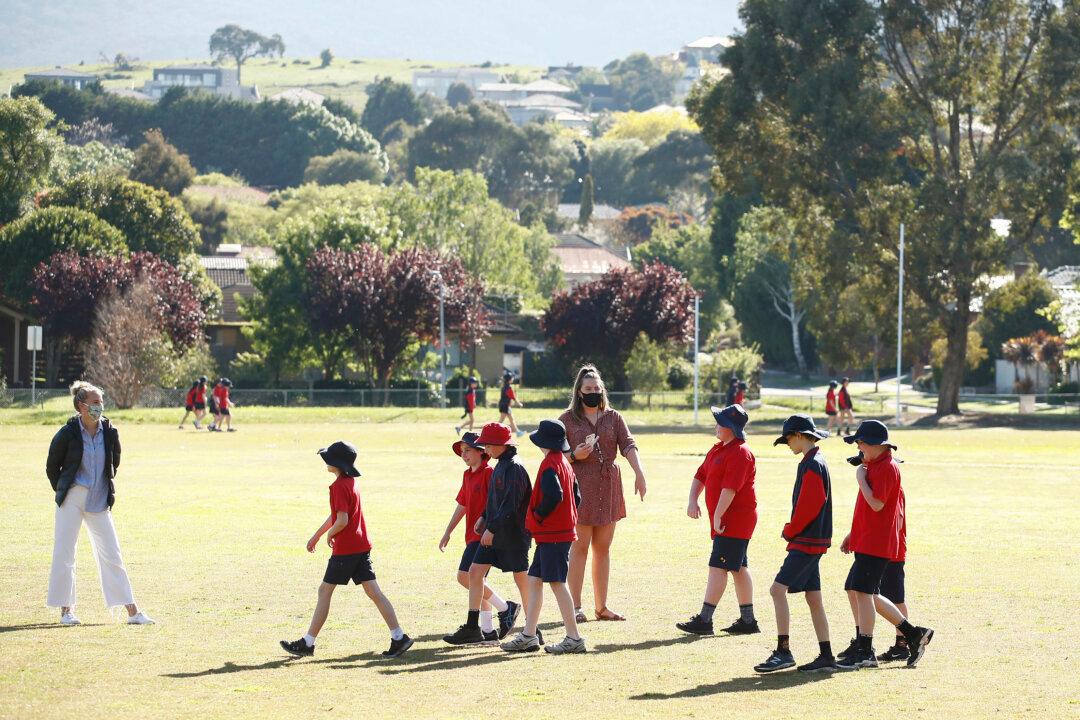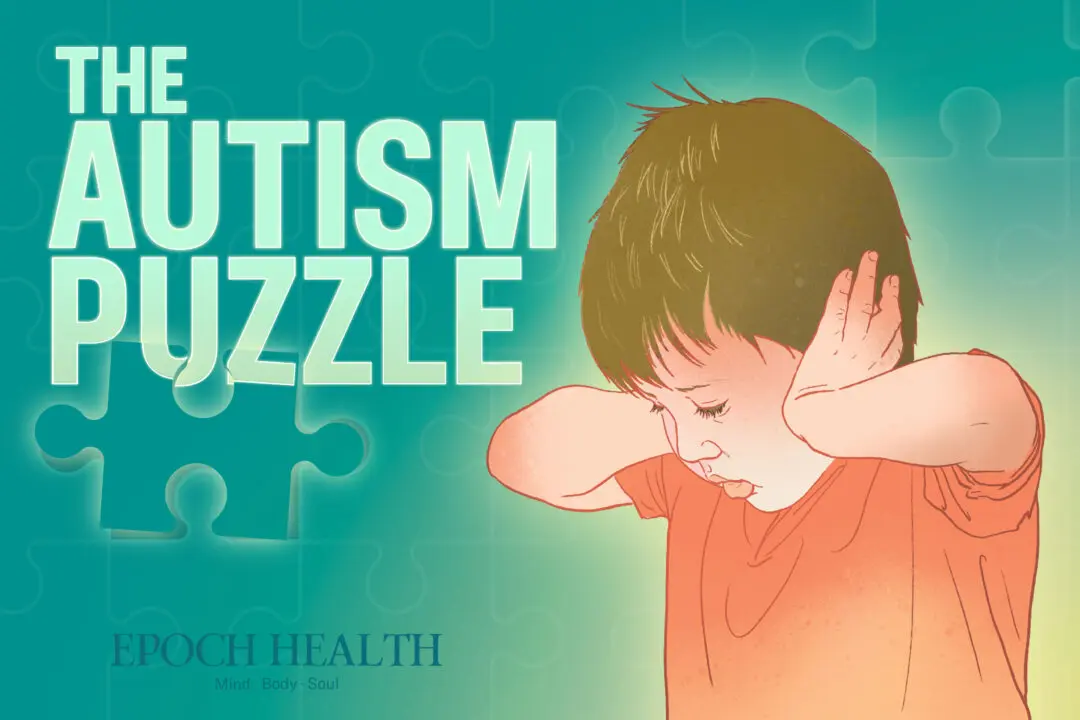The Australian Education Union (AEU) has criticised the federal government for failing to provide education funding, alleging that students graduating from Australia’s public schools in 2029 will never have the education funded at the level that the Commonwealth and states say they should.
The AEU said in a statement on Jan. 17 that if the Morrison government is re-elected, it will impact education outcomes for the next seven years.





